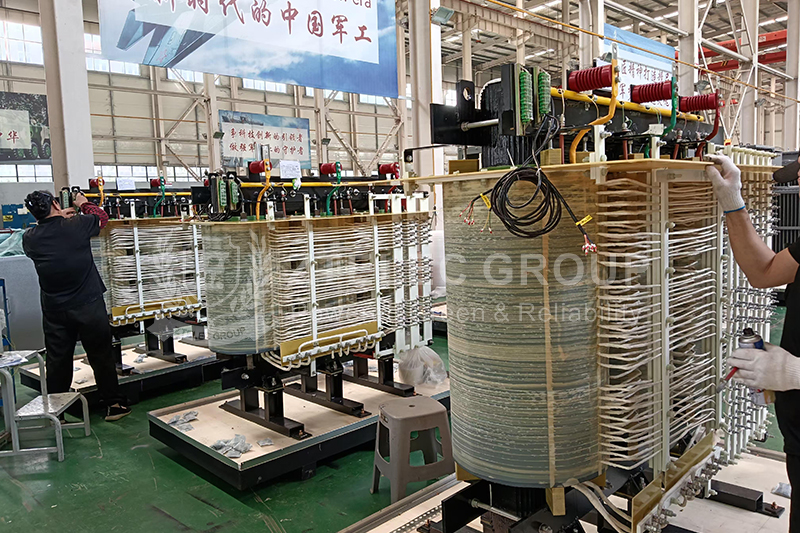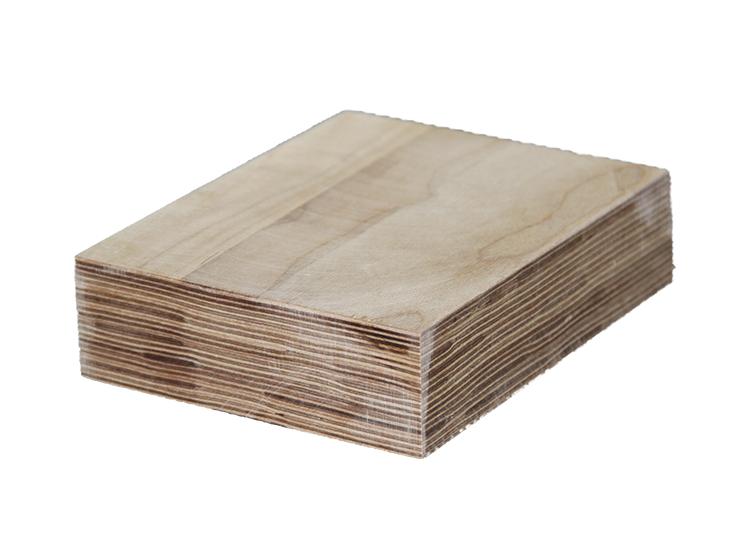Epoxy Fiberglass Filament Winding Tube vs. Traditional Pipe
As a representative of new composite pipes, epoxy fiberglass filament winding tubes differ significantly from traditional pipes such as metal, concrete, and plastic pipes in terms of performance and application scenarios. This article compares these pipes from the perspectives of material structure, core performance, application scenarios, cost-effectiveness, and environmental friendliness, providing a professional reference for project material selection.
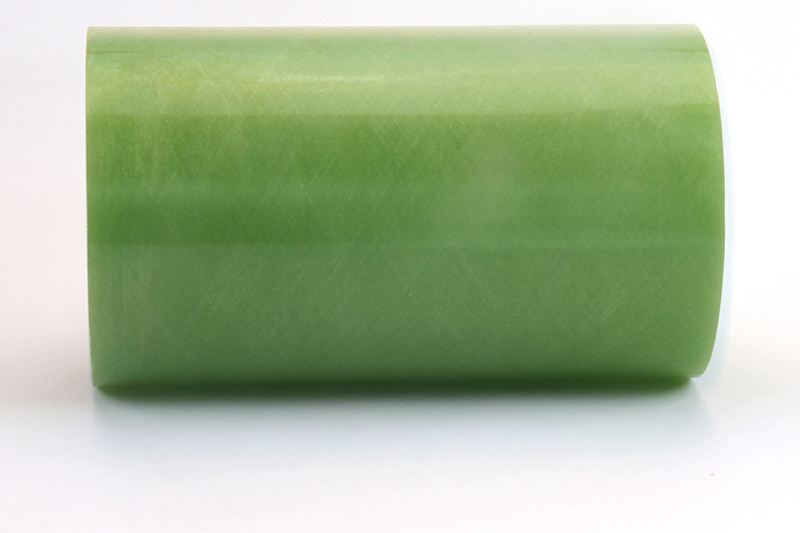
1. Comparison of Material and Structural Properties
Epoxy Fiberglass Filament Winding Tube
It uses glass fiber as a reinforcing skeleton and a resin matrix (such as epoxy resin or polyester resin) as a bonding medium, and it is formed through a mechanized winding process. The flexible structural design allows for adjustable fiber winding angles (±15° to ±85°) and number of layers based on conveying pressure and medium characteristics, achieving directional mechanical reinforcement and precisely matching project strength and stiffness requirements.
Traditional Pipes
Traditional pipes are divided into three categories based on their materials, each with distinct limitations:
Metal pipes (steel pipes, cast iron pipes): They have high initial strength but are susceptible to electrochemical and chemical corrosion, requiring anti-corrosion coatings or cathodic protection. Damage to the anti-corrosion coating can easily lead to localized corrosion.
Concrete pipes: Constructed from cement, sand, and gravel, they offer excellent compressive strength and are suitable for heavy-duty applications. However, they are heavy and brittle, prone to cracking due to geological subsidence or impact loads, and their pores are easily penetrated by corrosive media.
Plastic pipes (PVC, PE pipes): They are naturally corrosion-resistant but have low strength. They are prone to deformation due to pressure and temperature fluctuations over long-term use, have poor aging resistance, and are prone to brittle cracking due to UV exposure or high temperatures. Their applicable temperature range is narrow (-10°C to 60°C).
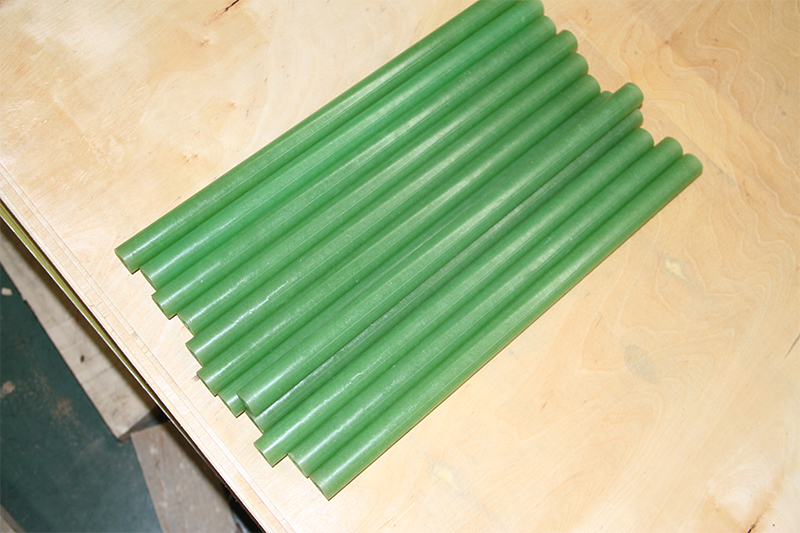
2.Core Performance Parameter Comparison
|
Performance Characteristic |
Filament Wound Fiberglass Pipe |
Traditional Piping |
|
Strength-to-Weight Ratio |
Extremely high (lightweight yet strong) |
Relatively low (metal pipes are heavy, concrete pipes are load-intensive) |
|
Corrosion Resistance |
Excellent, no additional anti-corrosion needed |
Metal pipes require ongoing anti-corrosion measures; concrete pipes are prone to leakage and corrosion |
|
Service Life |
30-50 years (minimal environmental impact) |
Metal pipes: 10-30 years (maintenance-dependent) |
|
Installation Difficulty |
Lightweight and easy to transport; simple flange/bell-and-spigot connections |
Metal pipes require welding; concrete pipes rely on heavy lifting equipment |
|
Fluid Resistance |
Smooth inner wall, low friction loss (roughness <0.01) |
Metal pipes prone to scaling; concrete pipes have rough inner walls |
|
Temperature Adaptability |
-30°C to 120°C (depends on resin type) |
Metal pipes withstand high temperatures but deform; PVC pipes are not heat-resistant |
|
Maintenance Cost |
Very low (almost maintenance-free) |
High (anti-corrosion for metal pipes / leak prevention for concrete pipes) |
3. Main Application Scenarios
Glass Fiber Wound Pipe:
Due to its corrosion resistance, lightweight, and high strength, it offers significant advantages in the following applications:
Dry-type transformers;
Load tap changers;
Reactors;
Lightning arresters;
Main insulators for SF6 inductors, etc.
Traditional Pipes:
Traditional pipes remain irreplaceable in certain applications:
Metal pipes: Suitable for high-temperature, high-pressure transmission of steam in thermal power plants and long-distance oil and gas trunk lines.
Concrete pipes: Suitable for heavy-duty applications such as municipal drainage and large-scale water conservancy infrastructure.
PVC/PE pipes: Commonly used in low-pressure and high-temperature applications such as civil water supply and drainage and agricultural low-pressure irrigation.
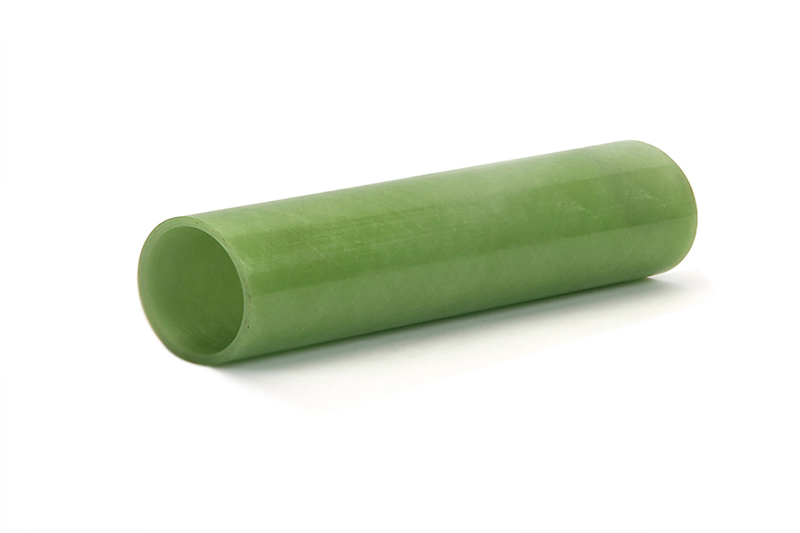
4. Cost-Effectiveness
The initial purchase cost of glass fiber wound pipe is higher than that of PVC and ordinary concrete pipes, but lower than that of specialty metal pipes such as stainless steel. Over its entire lifecycle, its long lifespan and the absence of maintenance such as anti-corrosion repairs offer significant long-term cost advantages. This is especially true in corrosive environments, as it avoids the frequent replacement costs of metal pipes.
While traditional pipes have lower initial costs, the costs of metal pipe anti-corrosion maintenance, concrete pipe leak repairs, and regular plastic pipe replacement can significantly increase long-term costs. Its overall lifecycle economics are far inferior to those of glass fiber wound pipe.
5. Environmental Performance
Glass-fiber wound pipe offers significant environmental advantages: Production energy consumption is lower than metal pipe, and the material is partially recyclable. Its excellent corrosion resistance significantly reduces the risk of soil and water pollution caused by leakage.
Traditional pipes have significant environmental shortcomings: Metal pipe production consumes high ore and energy consumption and produces significant pollution; concrete pipes are difficult to degrade after removal and easily become construction waste; and PVC pipes release toxic gases when incinerated, which harms the environment.
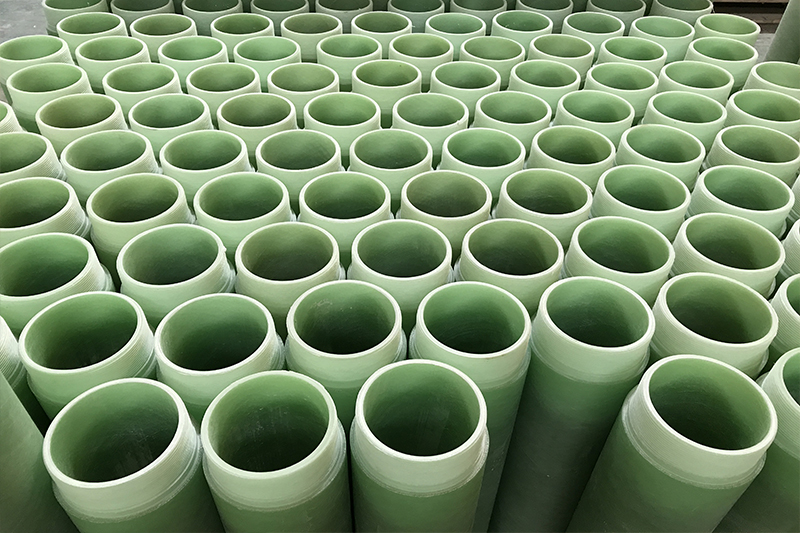
6. Objective Assessment of Limitations
Disadvantages of glass-fiber wound pipe:
Its impact resistance is weaker than that of metal pipes, so violent collisions should be avoided during construction.
The resin may soften at high temperatures, so a high-temperature-resistant resin should be selected based on the operating temperature.
After damage, it is difficult to repair and requires professional personnel to use special composite materials for repair.
Inherent drawbacks of traditional pipes:
Metal pipes are susceptible to electrochemical corrosion, requiring continuous investment in corrosion protection, and leaks can cause safety accidents.
Concrete pipes have poor seismic resistance and are prone to fracture during earthquakes and geological subsidence.
PVC and other plastic pipes are less resistant to UV aging and have a short service life in open air, requiring additional protection.
- more+releated article
- 2025-10-21Application of K Factor Transformer
- 2025-10-21Detailed explanation about transformer model w
- 2025-10-2010kV Oil-Immersed Transformer Safety: Lightnin
- 2025-10-20What are The Advantages of Phenolic Cotton Clo
- 2025-10-17Are Three-Phase Isolation Dry-Type Transformer
- 2025-10-17G10 Epoxy Sheet: Choosing the Right Specificat
- 2025-10-1610kV Oil-Immersed Transformer Operation Inspec
- 2025-10-163240-B Epoxy Phenolic Glass Fiber Cloth Lamina
- 2025-10-15G10 Epoxy Sheet: The Preferred Insulation Mate
- 2025-10-15Analysis of Energy-Saving and Noise Control Te

